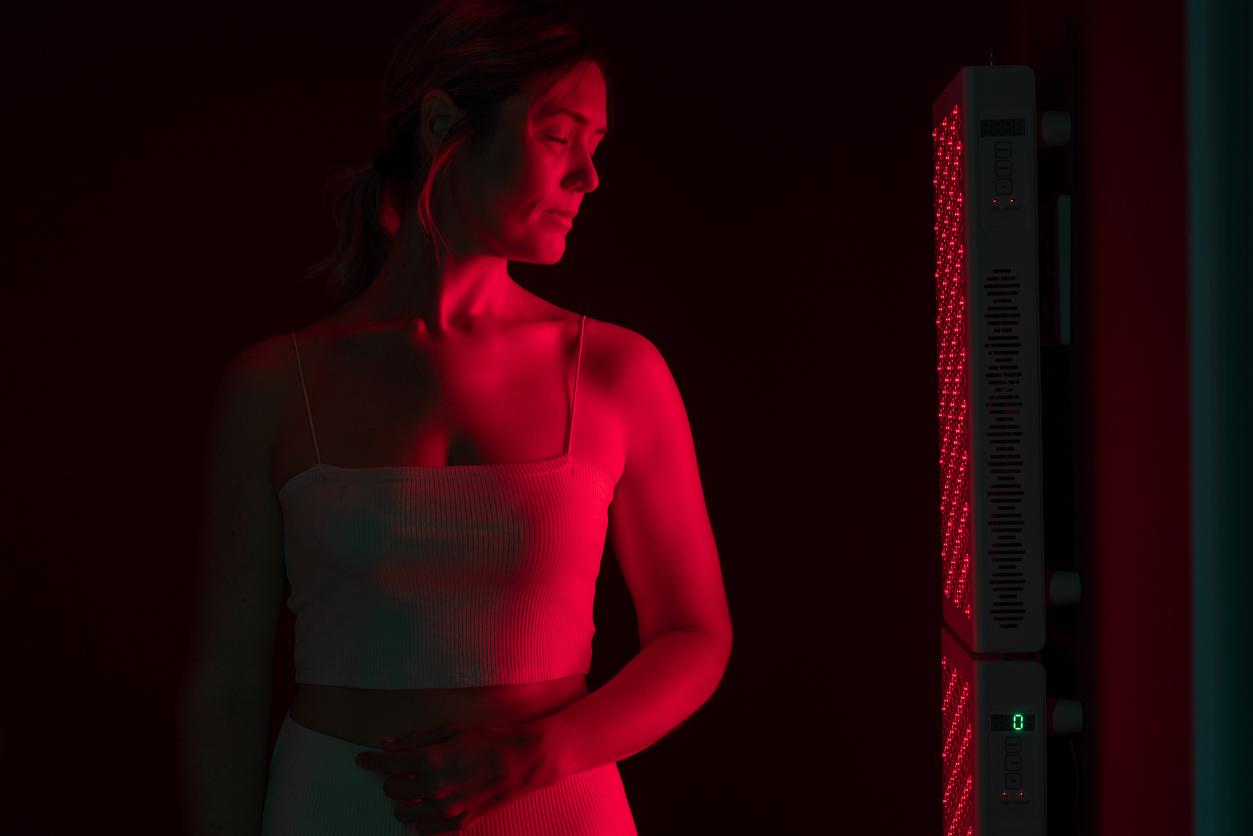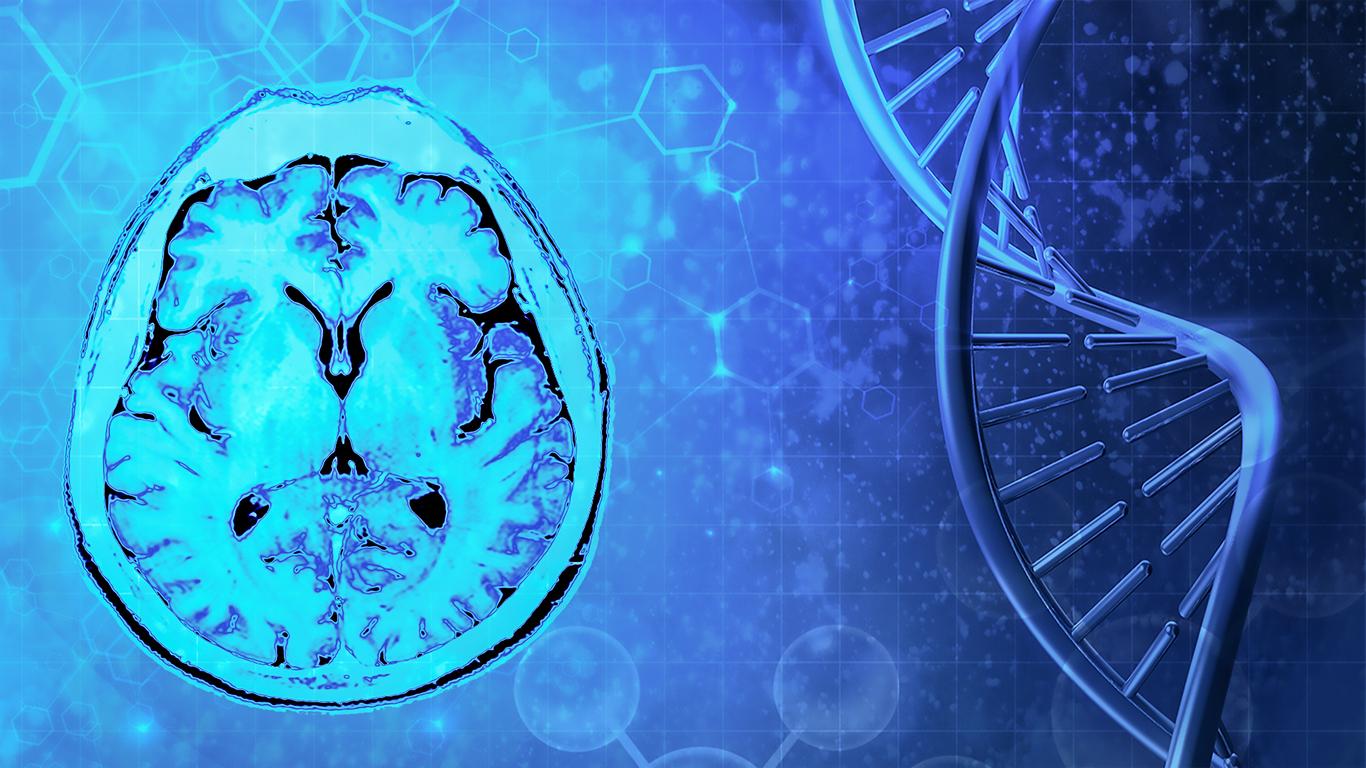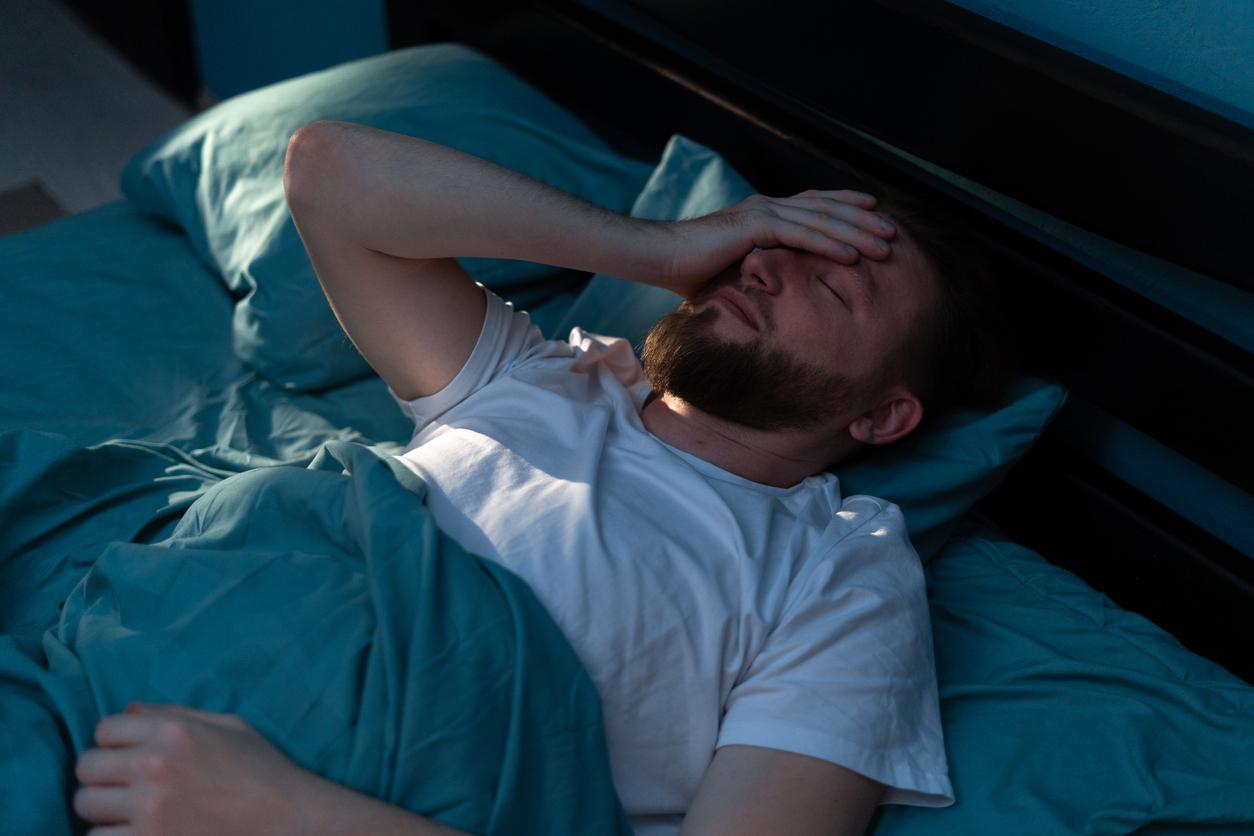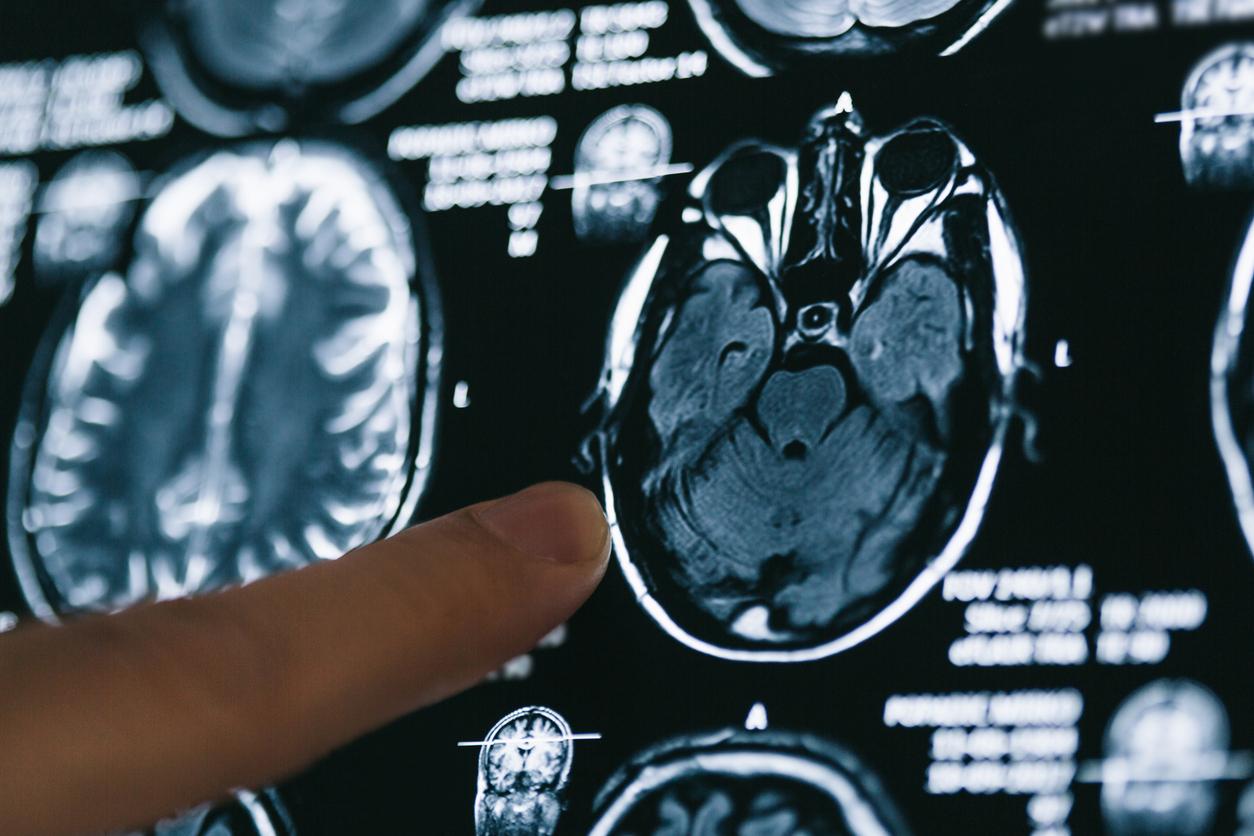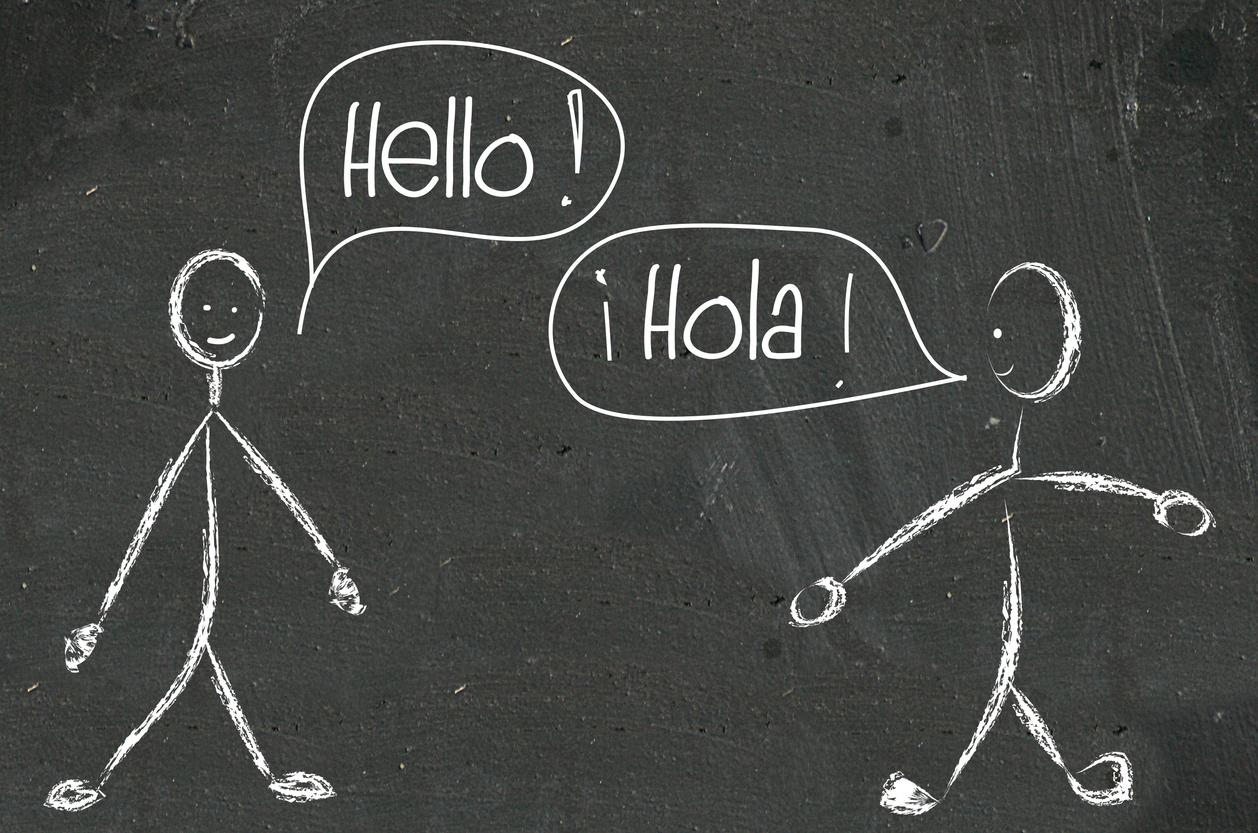Light therapy has a measurable effect on brain damage. This is shown by a study conducted by the Wellman Center for Photomedicine at Massachusetts General Hospital (USA).
THE ESSENTIAL
- American researchers claim to have measured through MRIs and cognitive tests the effects of low-level near-infrared light therapy (LLLT) on traumatic brain injuries.
- According to this first study, the effects of light would be measurable compared to a control group. However, many mechanisms remain to be elucidated.
What if light could cure head trauma? This is the surprising conclusion reached by a first study conducted by a Center dedicated to light therapy and dependent on the Massachusetts General Hospital (United States). The result of their search was published in the JAMA Network journal open on September 14 with the support of the United States Department of Defense. According to Rajiv Gupa, co-author of the study and director of the ultra-high-resolution computed tomography laboratory at Massachusetts General Hospital, this work was inspired by the fact that the United States military often faces this kind of injury. in its ranks.
Researchers conducted a randomized clinical study of the effects of low-level near-infrared light therapy (LLLT) in patients with recent moderate brain injury. According to this research center the LLLT would be “neuroprotective through a mechanism mediated by specialized intracellular organs called mitochondria.“
Statistical differences between LLLT treatment and placebo
The randomized clinical trial included 68 patients with moderate traumatic brain injury. A first group received LLLT, via the special helmet, which delivered the light. A second group served as a control group and wore the helmet for the same duration without any treatment provided. During the study, the subjects’ brains were tested for neuroreactivity using quantitative magnetic resonance imaging (MRI) measurements and the subjects also underwent an assessment of neurocognitive function. The patients underwent three MRIs: one 72 hours after the injury, a second 2 to 3 weeks later and finally a final one three months later. Added to this are clinical evaluations at each of the MRIs as well as an additional one 6 months later.
The researchers found that they could measure the effects of transcranial LLLT on the brain. MRI studies showed statistically significant differences in the integrity of the myelin surrounding the neurons of the treated patients compared to the control group. A promising result, especially since these patients did not receive other treatments. No side effects were recorded. “During this trial, we wondered if the light would pass the scalp and skull well.whether the dose was sufficient and whether it would be sufficient to engage the neural substrates responsible for repair after traumatic brain injury”remembers Rajiv Gupta.
For this first study, the researchers focused on patients with moderate head trauma to ensure that their work could have statistically significant results. “It would be much harder to see such changes in patients with severe brain damage, the effect of light therapy would be confounded by other severe trauma comorbidities“, explains Rajiv Gupta. Mechanism, dose and other applications remain to be investigated.
.













